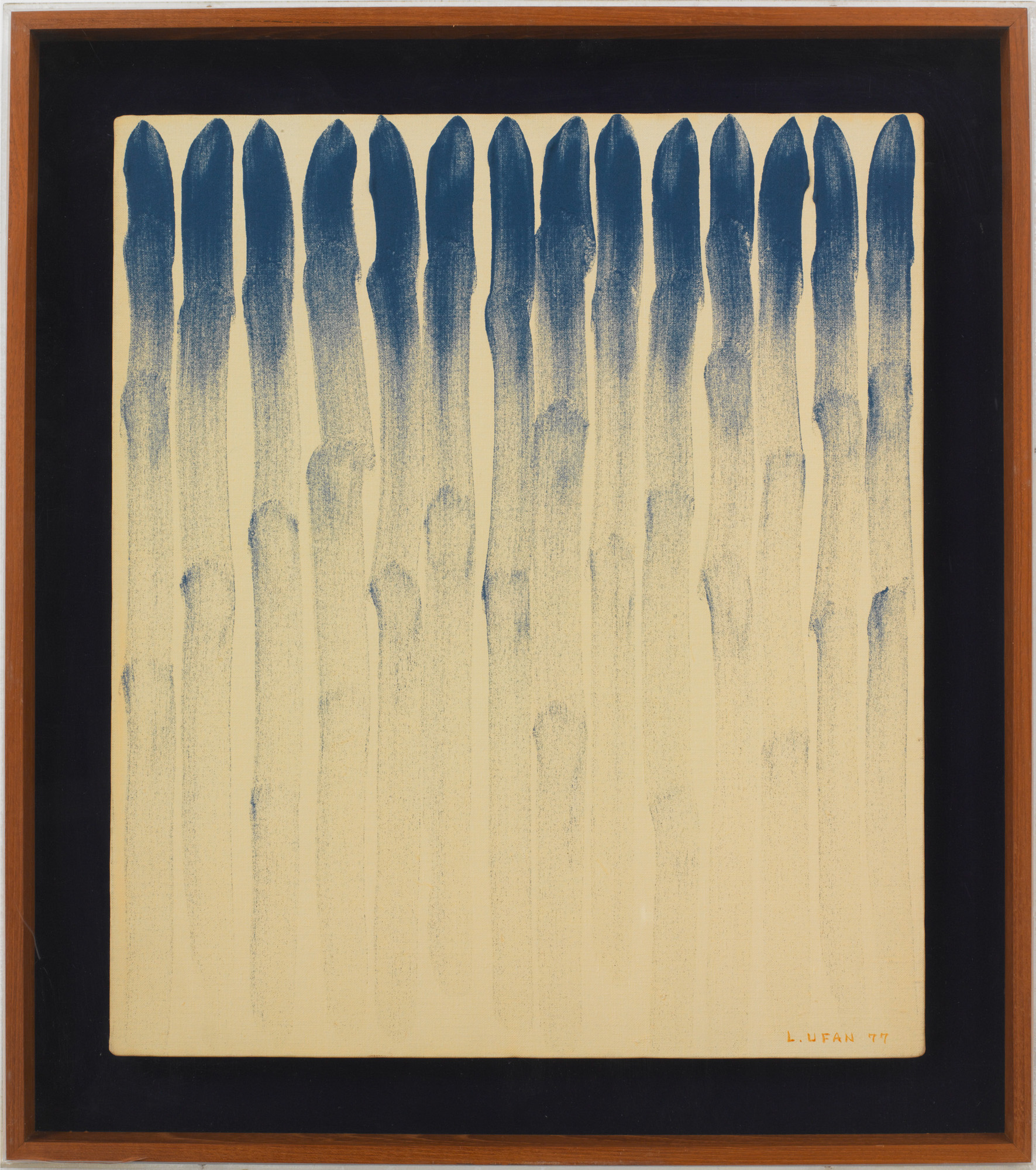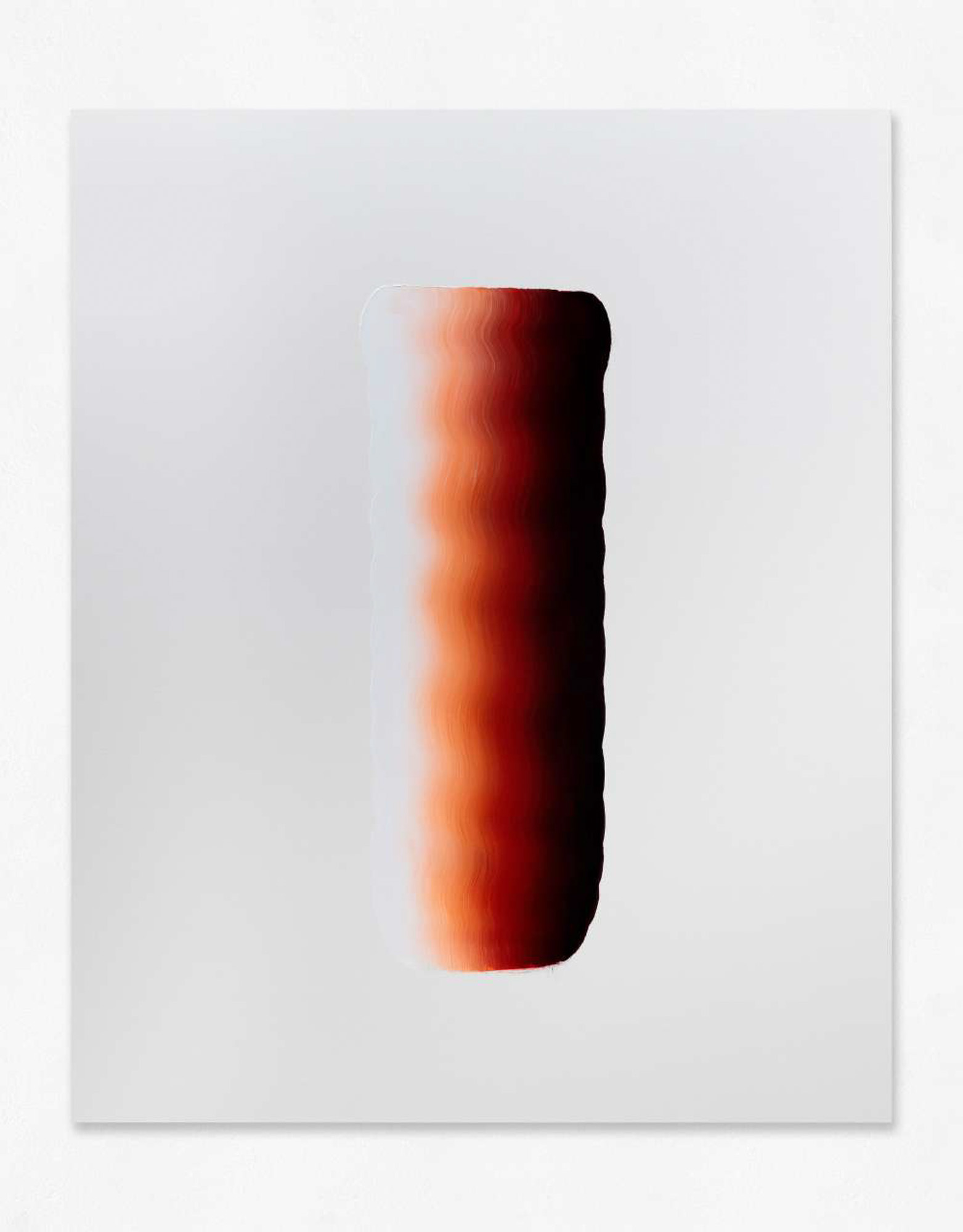Lee Ufan’s Explorations of Material Infinity
By Emilia Wang
Within Mono-ha (School of Things), a historically significant art movement that configured a new postwar East Asian modernity, Lee Ufan presides as one of the most central figures. During its formation in the late 1960s and early ‘70s, Mono-ha sought to depart from the European confines of meaning and moved against concept and representation to present the fundamental materiality of object and space. For Lee, this exploration takes the form of making and not-making, as stated in a text in his 60-year career retrospective at the National Art Center in Tokyo (NACT): “Humans try to build, nature tries to restore itself, I present the gate where both sides can be seen.”
Featuring 59 works including sculptures and paintings, the show was organized into over 20 rooms that guided a long-running thread through some of Lee’s biggest questions in art, namely, the question of infinity. Lee posits that through a relationship between unique artistic events, such as putting a mark on canvas, or situating a stone next to a steel plate, infinity can spring from the collision of realities that can never be replicated. Here, however, the image of infinity that Lee’s works approach felt tenuous, at times filled with surrender, and at others, unable to transcend outside structures, such as the city or the museum.
.jpg)
Installation view of LEE UFAN’s Relatum – The Arch of Versailles, 2014, stainless steel and two stones, 11.13 × 15 × 2 m, at the Palais de Versailles. Copyright Lee Ufan / Artist Rights Society (ARS), New York. All images courtesy the artist and Pace Gallery, Palo Alto / Seoul / Hong Kong / Geneva / New York / East Hampton / Palm Beach / London / Los Angeles.
Relatum – The Arch of Versailles (2014), originally installed at the Palais de Versailles, is a metal arch that suggested infinity through its function as a gateway. However, in NACT’s outdoor space, the arch recalled highway bridges and tall buildings in the nearby Roppongi district and reemphasized the inescapable structure of the city. Other material subjects suffered similar fates, resulting from a weak presence in an indoor institutional space. In various Relatum works, large rocks, despite holding the history of mountain-building in their forms, felt fabricated, toy-like, and lacking the air and sunshine they need. Steel rods lay around in other Relatum works, looking weak and yielding in comparison to the body of the viewer.
The artist’s intention inherently clashes with the work’s reality in Relatum – The Plastic Box (2021–22), which features water, soil, and air contained within nearly one-meter-tall acrylic cylinders, placed on top of a floor of acrylic sheets covering a field of brown earth. In the audio guide Lee described this work as a reflection of our climate crisis. Trapped in plastic, these elements of life show the deadness of a modern lifestyle detached from nature. However, with their clean lines and sharp definition, the plastic forms feel sexy—evoking an erotic desire for control. Nearby, Lee’s quote on the wall read: “Should one sustain the sky or let it fall? In art that is the question.” In the contradictory space between the disavowal of lifelessness and a beautiful aesthetic experience lay an ambivalence, and perhaps forfeiture of art’s ability to escape its circumstances at all.

LEE UFAN, From Line, 1977, glue and mineral pigment on canvas, 53 × 45.7 cm. Copyright Lee Ufan / Artist Rights Society (ARS), New York.
While Lee’s sculptures couldn’t escape the material confines of the museum, the paintings succeeded in transcending that framework to dance in the space. The strokes in From Line (1977) that shift from ink-full to brushy aftermath remind one of ritual, seeking to push the material of the ink to its fullest expression. As Lee incorporated a gradient of colors, such as blues and browns in Response (2021), the paintings grew in their desire to express and transform into a sculptural painting-dance. The colors, like beads pushed across an abacus, grew bulkier, as if one could feel the shades of maroon, blue, and brown like the softness of a mohair sweater.

LEE UFAN, Response, 2021, acrylic on canvas, 161.9 × 130 cm. Copyright Lee Ufan / Artist Rights Society, New York.
Lee’s sculptures and paintings, largely differentiated spatially in two separate halves of the show, reveal a central distinction between his approach to materials and mark-making. The mark can transcend certain barriers of imagination as the canvas marks a new cognitive container. Along those lines, the sculpture’s container—here, the museum—should acknowledge the constantly changing relations between human bodies and the material properties of the physical spaces the sculptures inhabit. The horizon of infinity between the materials is persistently destroyed by the semantic process of re-definition and border-making that occurs on all levels—between nations, groups, individuals, and any dialectic. Sculptures such as Lee’s that try to dance on this line of ambiguity have the difficult task of turning these conceptions on their heads.
Lee Ufan’s retrospective was on view at the National Art Center, Tokyo, through November 7, 2022.






